2026 Nissan Leaf wins Wards Top 10 Powertrains Award
 MichaelSep 25, 2025, 03:36 PM
MichaelSep 25, 2025, 03:36 PM
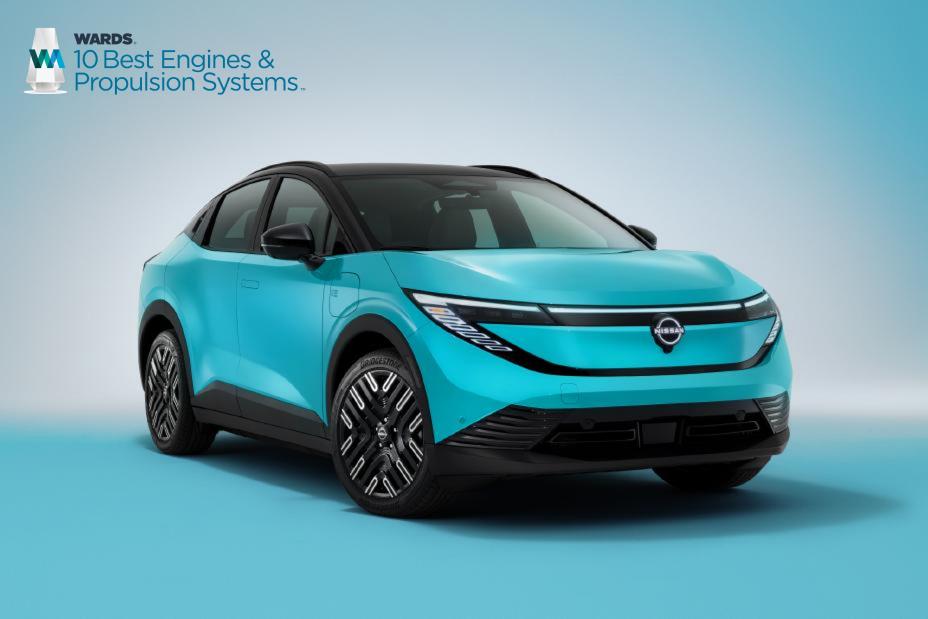
[PCauto] Before officially entering the US market, Nissan announced that the powertrain of the all-new 2026 Leaf has won the 2025 Wards 10 Best Engines & Propulsion Systems award. Hosted annually by the authoritative automotive media Wards Auto in the United States, this award is the pinnacle honor for North American automotive propulsion systems, judged on innovative engineering, power output, torque performance, and fuel (electricity consumption) efficiency.
For Nissan, this is not only recognition of the third generation Leaf's product strength but also signifies that the historical legacy and technological evolution of this world’s first mass-produced all-electric vehicle continue to progress. Five years ago, the powertrain of the first-generation Leaf became the first all-electric drive system to receive this honor.
From compact hatchback to subcompact crossover SUV, reduced size but upgraded positioning
As a pioneer in the global electric vehicle market, the 2026 Leaf has undergone the most thorough redesign since its debut in 2011.
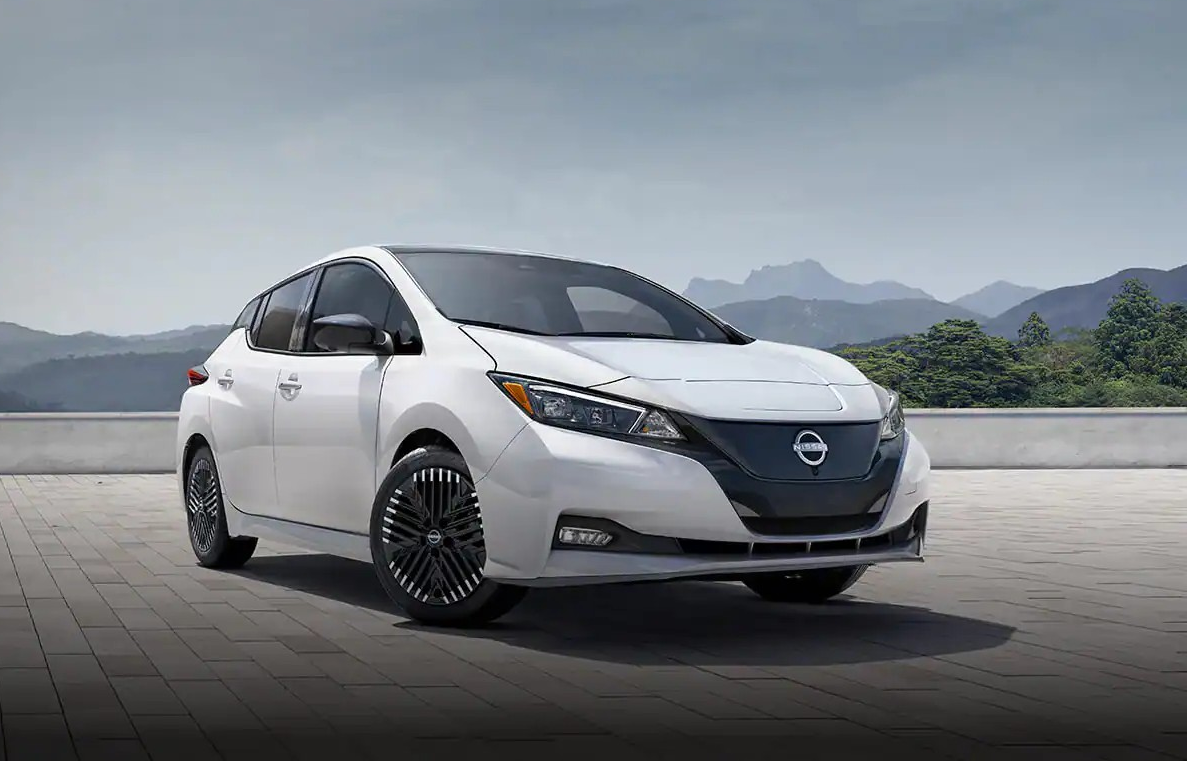
The new model abandons the compact hatchback design carried over from the previous two generations and transitions into a subcompact crossover SUV. However, its actual dimensions have been slightly reduced compared to the previous generation: length shortened from 4480 mm to 4404 mm, wheelbase decreased by 10 mm to 2690 mm, height reduced by 8 mm to 1557 mm, and only the width increased by 21 mm to 1811 mm.
In terms of weight, due to the new battery pack, the curb weight has increased from 1620-1773 kg to 1802-1991 kg.

In terms of exterior design, the Leaf continues Nissan's latest "V-Motion" family language, and its 0.26 drag coefficient makes it the most aerodynamically efficient model in the brand’s history.
The differences between exterior designs of different trims are obvious:
The base models S and S+ feature steel wheels and do not include black body cladding or the Nissan Z-inspired taillights;
Whereas the SV+ and top-tier Platinum+ are equipped with 18 or 19-inch alloy wheels, black exterior kits, and exclusive taillights.
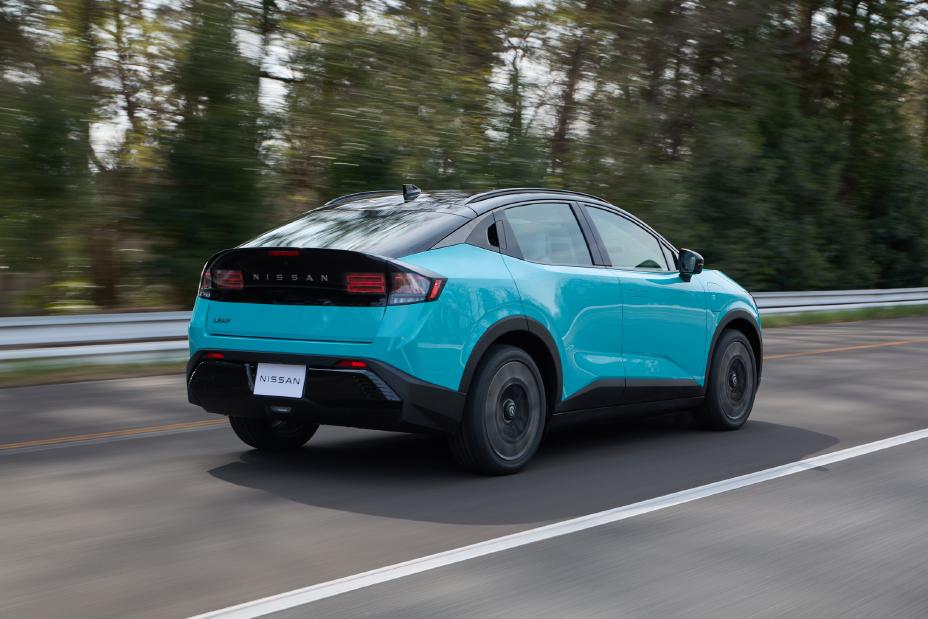
The transformation in the interior design of the 2026 Leaf is equally evident
The instrument panel adopts a dual large-screen design, with S and S+ models featuring a 12.3-inch screen, while the SV+ and Platinum+ are upgraded to 14.3 inches.
Both vehicles come standard with wireless Apple CarPlay and Android Auto, with the top trim additionally supporting Google Built-in functionality.
In terms of materials, Nissan uses a large amount of soft-touch surfaces and eco-friendly materials, aligning with its "Sustainable Mobility" brand philosophy.
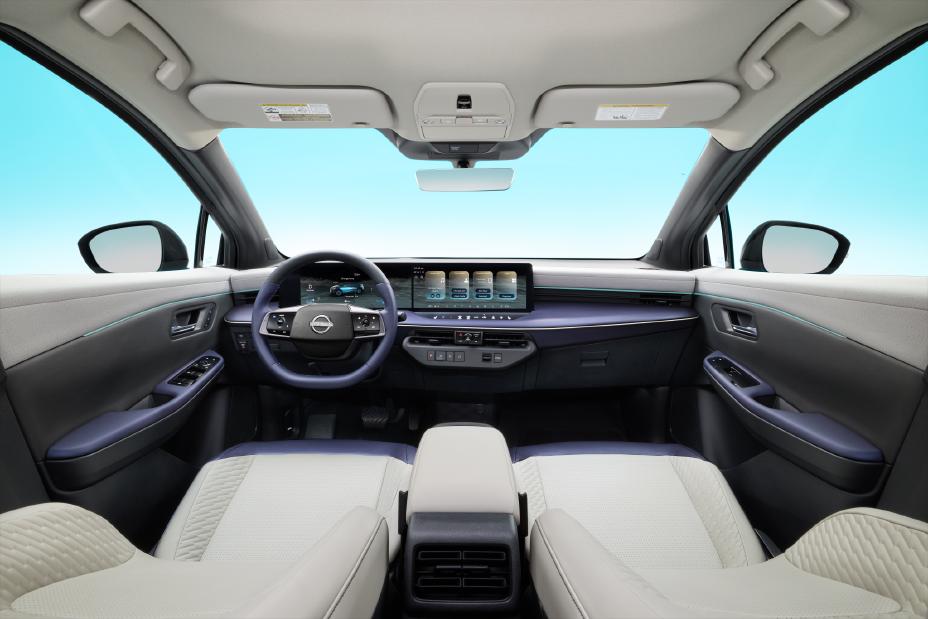
The top trim version also features a segmented panoramic sunroof, 64-color ambient lighting, and a 10-speaker Bose Personal Plus audio system (with speakers integrated into the front headrests).
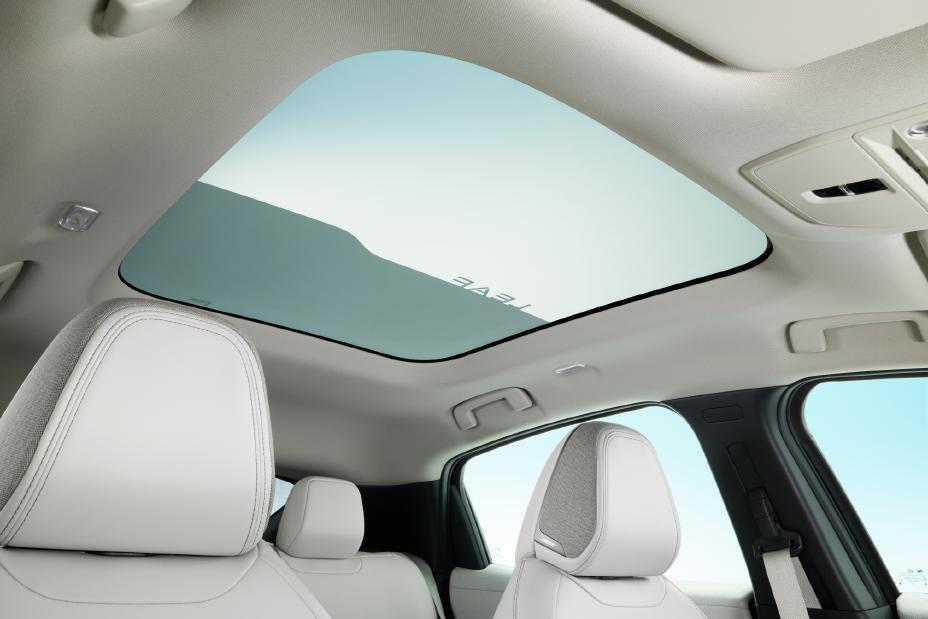
The seating layout retains a five-seat design. Despite a smaller body, the rear legroom is roughly unchanged compared to the previous generation, while headroom has increased by 100mm, enhancing comfort for long-distance rides.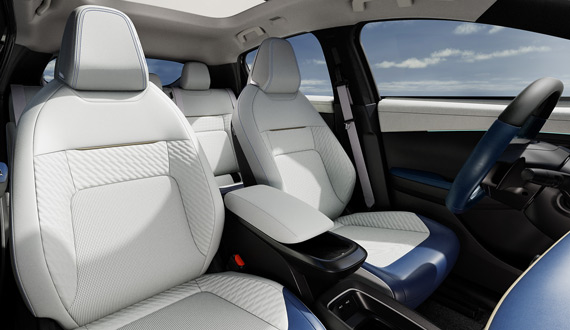 However, the luggage compartment volume has been reduced from 668 liters to 566 liters, which can be expanded to 1572 liters when the rear seats are folded. For a small SUV primarily designed for urban commuting, such space performance is still reasonable.
However, the luggage compartment volume has been reduced from 668 liters to 566 liters, which can be expanded to 1572 liters when the rear seats are folded. For a small SUV primarily designed for urban commuting, such space performance is still reasonable.
3-in-1 Powertrain: The Secret to Winning the Wards 10 Best Engines & Propulsion Systems Award
The core competitiveness of the Leaf lies in its brand-new 3-in-1 electric powertrain, which integrates the motor, inverter, and reducer into a compact unit. This design not only reduces weight and size but also enhances energy conversion efficiency.
The system delivers an output of 214 horsepower and a peak torque of 355 N·m, enabling instant acceleration actions. It gives drivers a sense of ease when overtaking on urban expressways or starting from a standstill.
Paired with a 75kWh liquid-cooled lithium-ion battery (featuring a thermal management system suitable for cold weather), the Leaf achieves an EPA estimated range of 488 kilometers. The entry-level S model is equipped with a 53kWh battery, and while its range is yet to be officially confirmed, it is expected to exceed the current model's 240 kilometers.
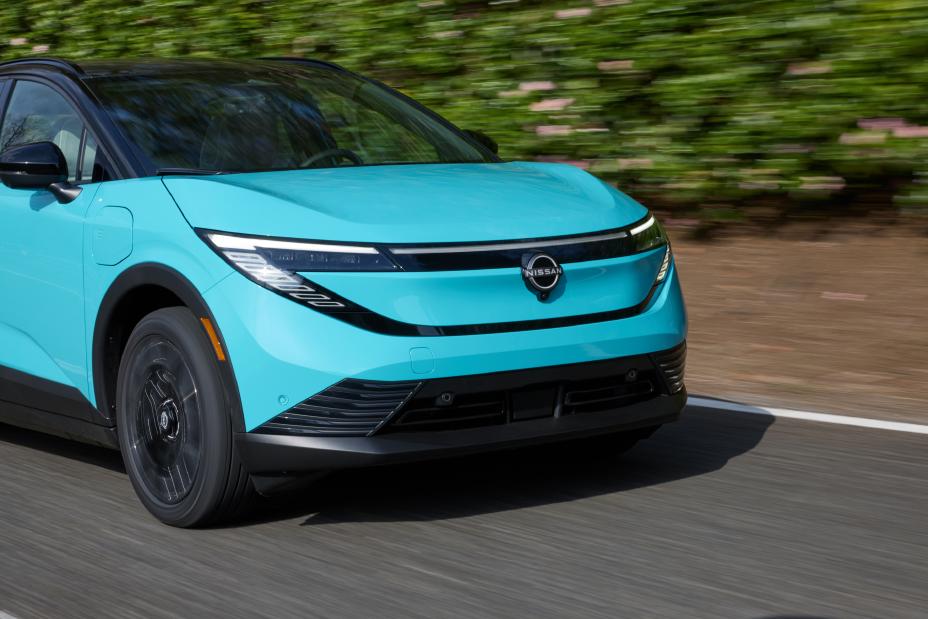
Charging capability is another highlight of this upgrade. The Leaf supports up to 150kW DC fast charging, allowing a 10-80% charge in just 35 minutes (compared to 45 minutes in the previous generation).
The vehicle is equipped with dual charging ports—on the driver’s side, there’s a J1772 port (supporting Level 2 home charging), while on the passenger’s side, there’s an NACS port (compatible with Tesla Supercharger network directly).
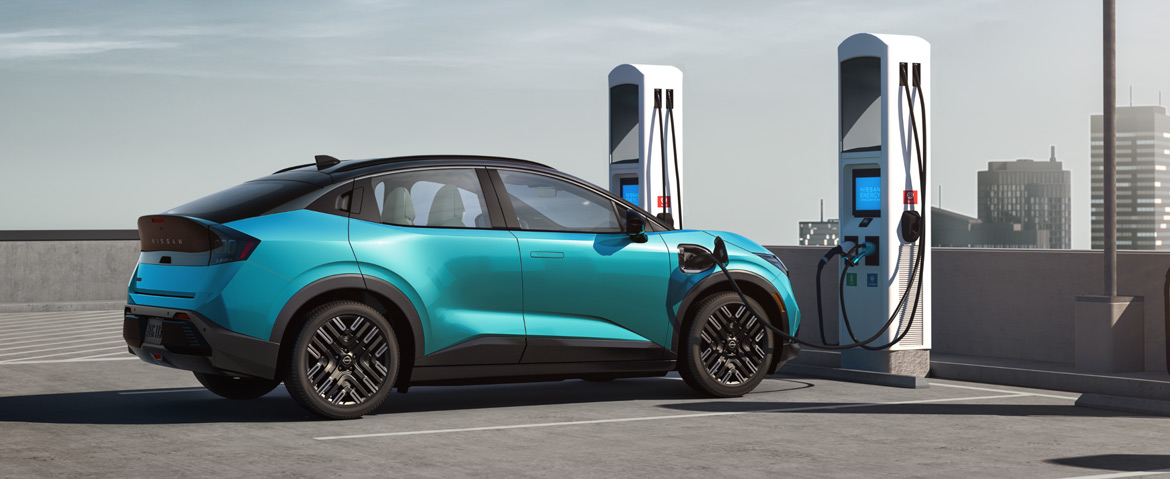
In addition, Leaf introduces the "Plug & Charge" function for the first time. Users only need to plug the vehicle into a compatible charging station, and the system will automatically initiate the charging process without the need for additional operation of a mobile app or payment card.
What’s more noteworthy is that the new car adds the V2L external discharge function, which can charge electric devices or other EVs through an adapter, expanding its usage scenarios.
As the world's first mass-produced electric vehicle, Leaf still has commendable aspects
Fifteen years ago, the first-generation Leaf debuted as the "world's first mass-produced electric vehicle," ushering in the era of electrification for personal mobility.
Although its product competitiveness gradually lagged behind its rivals in subsequent years due to intensified market competition and Nissan's internal adjustments, this third-generation facelift redefines the positioning of this classic model. It is no longer "just a commuting tool" but a "versatile compact SUV" that integrates crossover attributes, efficient performance, and smart technology.

For the Wards Auto judges, the car's powertrain not only represents Nissan's technical capability but also showcases the future direction of pure electric drive systems—efficient, compact, and full of driving fun.
As Christie Schweinsberg, manager of Wards 10 Best Engines & Propulsion Systems, said: “The new Leaf's powertrain provides a solid foundation for its sporty tuning. Instant torque makes driving effortless, and even during testing on Detroit's urban expressways, the judges experienced its efficiency and charm.”
If any infringement occurs, please contact us for deletion
Trending News

BYD Sealion 7 is not only cheaper than Tesla Model Y, what other differences do they have?
Is it better to buy the BYD Sealion 7 or the Tesla Model Y? This really makes one a bit hesitant, but before you make a decision, I recommend you take a good look at this article.

2026 Toyota Hilux Travo released, the brand-new exterior and interior are highly anticipated
If you're considering buying a Hilux, honestly, the comprehensive innovations in the ninth generation are worth waiting for. While the current model might still have some advantages in terms of reliability and price, the new model offers significant changes in terms of exterior and interior luxury, tech features, and powertrain options.

In Malaysia, which sliding door MPVs are available?
The numerous advantages of sliding door MPVs make many people fond of this type of vehicle. However, MPVs are not a mainstream choice in the car market, so many people might not know which MPVs are available domestically.

Jaecoo J7 VS Honda CR-V, which is the most worthwhile C-Segment SUV to buy
With an exterior that closely resembles a Land Rover, Jaecoo J7's sales experienced several months of rapid growth but have recently slowed down. Perhaps the market is nearing saturation, as Jaecoo J7 has already surpassed the once-dominant Honda CR-V in the C-Segment SUV category.

Which one is better, Honda City or Toyota Vios?
When choosing a compact sedan, Honda City and Toyota Vios are often two options that make people weigh repeatedly. You might be attracted to the dynamic design of the Vios but also be captivated by the City.
Popular Cars
Model Year
Car Compare
Car Photo

